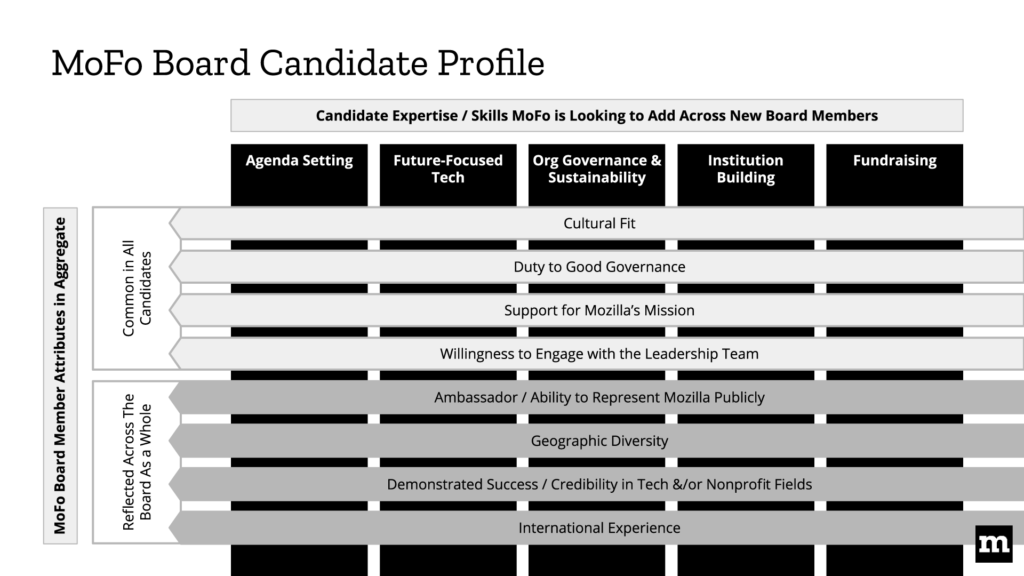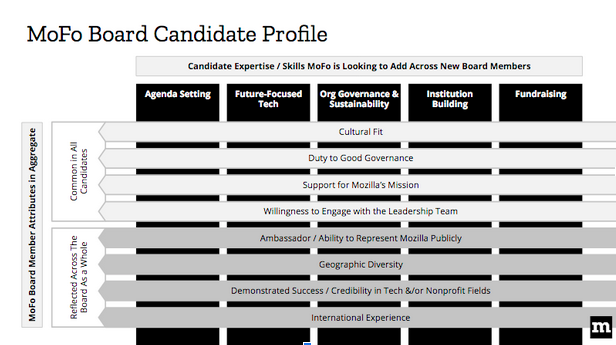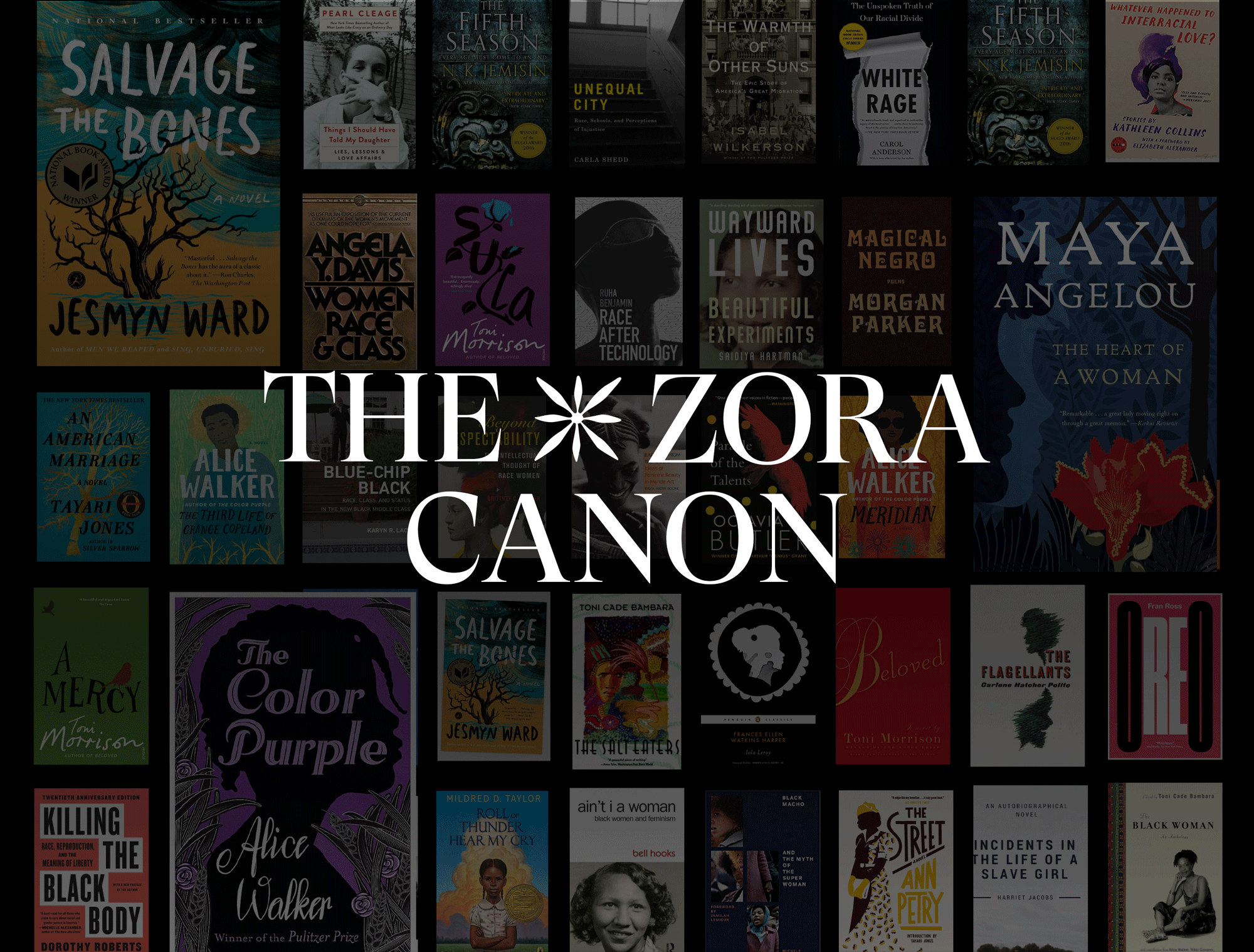The new year is upon us. It’s a time for measuring goals and declaring resolutions. You surely have a series of personal goals, family goals, and business goals. Here’s a humble recommendation you may consider adding to your list of resolutions: communicate better in the workplace.
Time lost to ineffective communication is notoriously difficult to chart in a spreadsheet. But like the ever-turning revolutions of our planet, you may not feel it, but it’s there nonetheless. In this article, you’ll get some stellar tips you can implement right away to stop losing so much of your time on poor digital communications.
1. Don’t Send Open-ended Messages
“Hey guys, I wanted to get a new day planner but not sure what kind. Thoughts?” Sadly, these kinds of open-ended messages are common in today’s workplace. The average knowledge worker drifts across a myriad of instant connectivity channels on which many banal comments, thoughts, and breezy lines of text pass through constantly.
The daily challenge is no longer which MVP tasks will be executed, which will be delegated and which will be deferred, but which communication channels can be safely muted? It’s become increasingly difficult to sustain attention on important tasks while email, Slack, text messages, social media and related channels are competing for your eyeballs.
The problem with open-ended messages is that they tempt you to Act Right Now without much thought or deliberation, usually in service to someone else’s demand for instant gratification. That means there’s little to no legitimate business interest in these short, quick messages. So why are they taking up so much of your time?
- They’re quick to answer (until they start to pile up or lead to longer conversation threads)
- Provide a welcome distraction
- Give the appearance of busyness and participation
You can’t control how your coworkers choose to send messages, but if you’re in a position of leadership over a team, it may be necessary to draft some communication policies. Your first priority must be eliminating open-ended short term communications or at least deferring them to a more appropriate channel for later review (for example, catching up on the #random Slack channel during your lunch break).
There are significant long term benefits in limiting short bursts of text. Mostly, you get higher quality responses. Here’s an example of a high quality email message:
“Team, we’re hoping to decrease bounce rate across our site by introducing more interactive tools (like a bounceback message parser). If you have any ideas, please reply. We will share and discuss results in Friday’s meeting.”
This lets your coworkers know that their help is wanted and their ideas will be given special consideration. This encourages them to take some time (when convenient) to craft high quality responses. Compare this request with it’s short term, open-ended version in Slack: “We need to decrease bounce rate on the site, thoughts?”
Any workers hoping to get a jump on a big project may be thwarted in their thought process to stop and answer this quick message with quick responses. Will those quick responses generate any valuable insights? Likely not.
2. Limit The Back and Forth
Along with creating more detailed, business-like communications, you will want to make sure you’re getting the best output from your correspondents. How you craft your message has more to do with this subtle art than you may think.
Often, emails and Slack messages open up longer conversation threads. After a few messages, these grow into cumbersome weeds that require further processing and more brain power than you’d hoped to give. So, why not limit all that back and forth?
The best way to eliminate the back and forth is to provide your coworkers with specific deliverables and expectations. Viewed in practice, a deliverable might be a direct answer, a document, or even a short list. No matter what deliverable is best for you, lay it out explicitly in your message.
Imagine you’re inviting a friend to play a game. You don’t want to set your friend up to lose; that would be cheating, and nobody wants to play with a cheater. Rather, let your friends know how the game is won, so they will want to participate to the best of their ability.
For example: “Dave, I’m trying to find out why our bounce rate was higher last quarter and what we can do to fix that this time around. Please take a look back into analytics, find our best bounce rate from last year, and give me a list of five or six things we were doing back then that we’re not doing now.”
Unless the person on the other end has questions, you’re likely to get exactly what you asked for in the very next message simply because you asked for it directly.
3 Use Templates And Models
If you send a lot of messages through email or Slack and find you’re repeating yourself, it can help to have a model or template to follow. Models and templates make it easy to save some mental energy and avoid extra typing.
At BoldGrid, we build a product that helps web designers craft high quality websites in a fraction of the time, so we’re all about efficiency. When we chat with designer clients, we get all sorts of interesting time-saving techniques. The most interesting techniques are always the simplest ones: like using a text expander.
Text expanders let you take a small snippet of text and expand it into a full message with a keyboard shortcut or mouse click. So if you spend hours of your day crafting long messages, think about what text is repeatable and can be offloaded into a text expander.
For example, if you regularly email the same report to your client over and over each week, you can likely offload a lot of typing into your text expander. Dynamic text expansion actually lets you update your snippet with current information, like the date, or even choose from a dropdown menu for custom greetings and signatures. So your client would never know you’re giving them a canned message.
In this case, the text expander application (and there are many of them) serves to hold your templates, and you can easily update them as you go.
But there are more sophisticated templates you can create for virtually any kind of statement, report, or longer document. You may be able to use your favorite text editor or writing app or even your operating system. Templates are a powerful way to save time and energy, so you should take a moment and brainstorm about which repetitive tasks you can import into a templating system.
Saving time and energy with better text communication is not about cutting corners, it’s an investment that pays dividends down the road. By taking a little extra time to save a few minutes here and there, you will save hours over the long term. Use your recovered time to tackle big important tasks and create new value in the new year.
Chris Maiorana – CONTENT MARKETING COORDINATOR, BOLDGRID
Chris is a content marketing coordinator at BoldGrid and occasional movie critic.
 [click here to view image]
[click here to view image] [click here to view image]
[click here to view image]



















